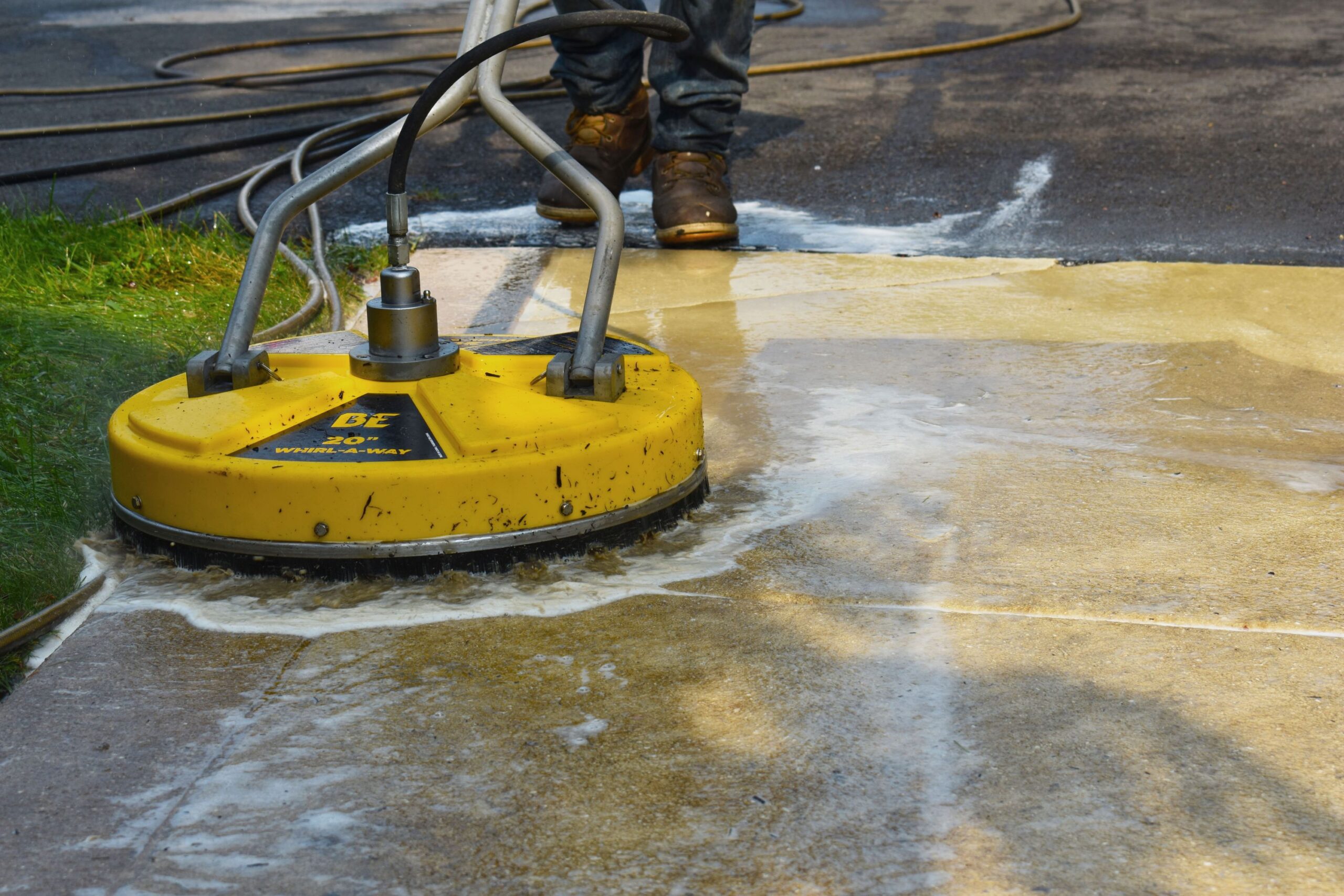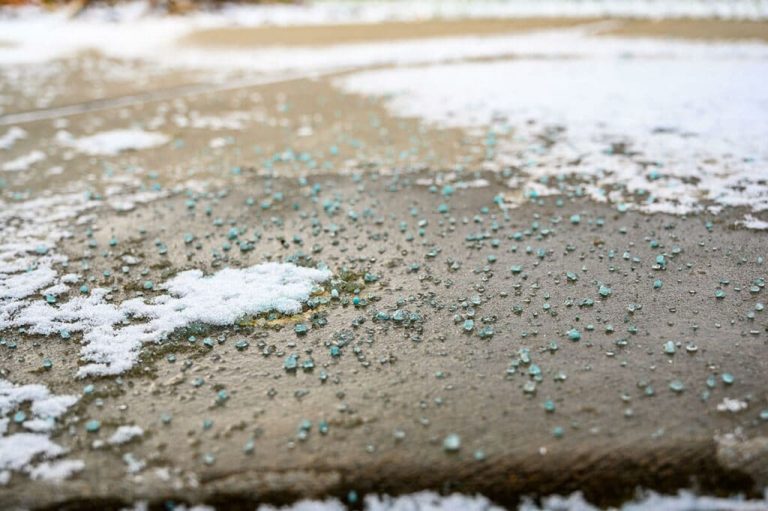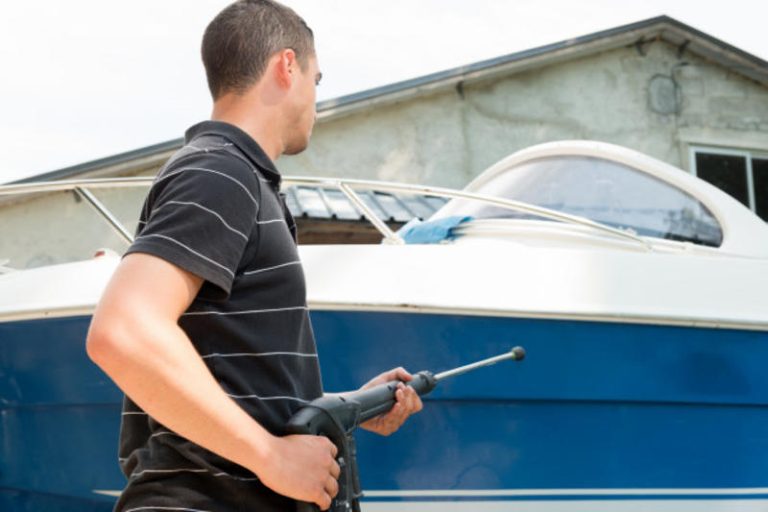
Power washing is a fast, satisfying way to restore beauty to all kinds of outdoor surfaces. But with great power comes great responsibility—literally. The force behind a power washer can blast away years of dirt and grime in seconds, but it can also damage delicate surfaces just as quickly. That leads to the common question: Is power washing safe for all surfaces? The honest answer is no, but it can be safe for most surfaces with the right approach.
💧 The Power Behind the Spray
Power washers use high-pressure water (and sometimes heat) to clean surfaces. The pressure is what makes them so effective, but that same pressure can destroy softer materials if misused. Different machines also have different PSI (pounds per square inch) ratings. Residential machines usually range from 1,300 to 2,800 PSI, while commercial-grade units can go much higher.
The key is matching the pressure, nozzle, and technique to the surface you’re cleaning.
✅ Surfaces That Are Generally Safe
When done correctly, the following surfaces typically handle power washing very well:
- Concrete driveways and sidewalks – These are some of the toughest surfaces around and respond well to high pressure.
- Brick and stone (with intact mortar) – These materials are durable, but avoid damaged or crumbling mortar.
- Vinyl siding – Moderate pressure and a wide-angle tip can brighten up siding without causing harm.
- Metal fences and gutters – These can be cleaned effectively, though painted metals require lower pressure.
If the surface is solid, durable, and not painted or coated, power washing is often the fastest and most efficient way to clean it. 🌟
⚠️ Surfaces That Need Special Care
Some surfaces can be power washed—but only with specific precautions:
- Wood decks and fences – Use lower pressure and a fan spray tip to avoid splintering or gouging the wood.
- Stucco – This can be power washed with low pressure and soft washing techniques. High pressure can crack or chip the surface.
- Painted surfaces – Unless you’re trying to remove the paint, use low pressure and keep a safe distance.
- Composite decking – Clean gently with a fan tip and moderate pressure to avoid damaging the top layer.
💡 Pro tip: Always test a small, hidden area before committing to a full power wash on these materials.
Browse Amazon Here For Top Rated Power Washers And Accessories
🚫 Surfaces to Avoid Power Washing
Some materials are just too fragile or risky for power washing altogether:
- Asphalt shingles – Pressure can strip away the granules that protect your roof and lead to serious damage.
- Old or cracked masonry – Loose mortar can be blasted away, causing structural issues.
- Window screens and glass – High pressure can tear screens or crack glass.
- Outdoor electrical components – Water and electricity don’t mix. Enough said. ⚡
🧼 The Soft Washing Alternative
For delicate surfaces, soft washing is the better route. It uses low pressure combined with biodegradable cleaning agents to kill mold, algae, and dirt without damaging the material. This is the preferred method for painted surfaces, older siding, stucco, and rooftops.
📋 Final Thoughts
Power washing isn’t automatically safe for everything, but it can be used safely on most surfaces—if you know what you’re doing. It all comes down to:
- The right PSI
- The correct spray nozzle
- A safe working distance
- And good surface knowledge
When in doubt, ask a pro or use the soft washing method. A little preparation goes a long way in preventing damage and keeping your property looking amazing. 💪🏡✨
Browse Amazon Here For Top Rated Power Washers And Accessories






